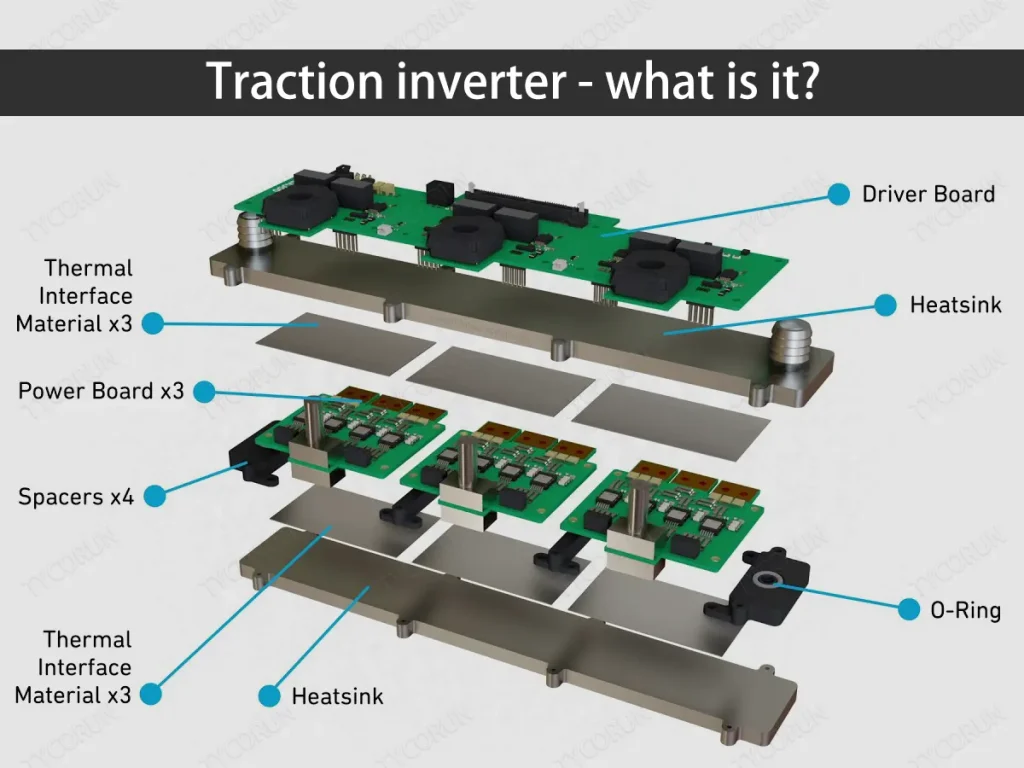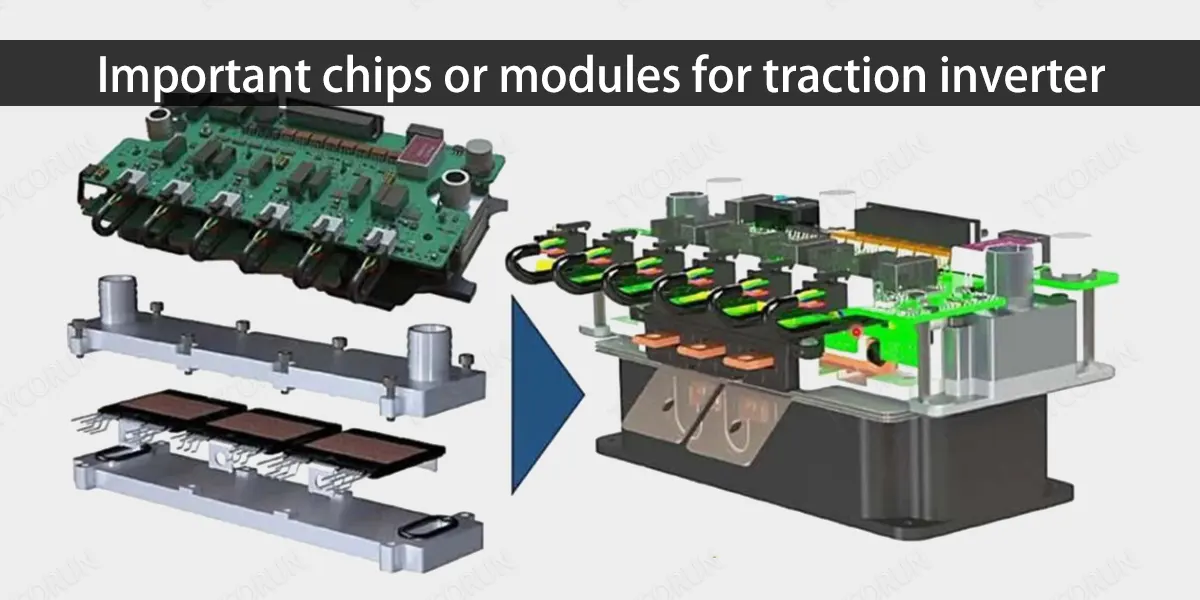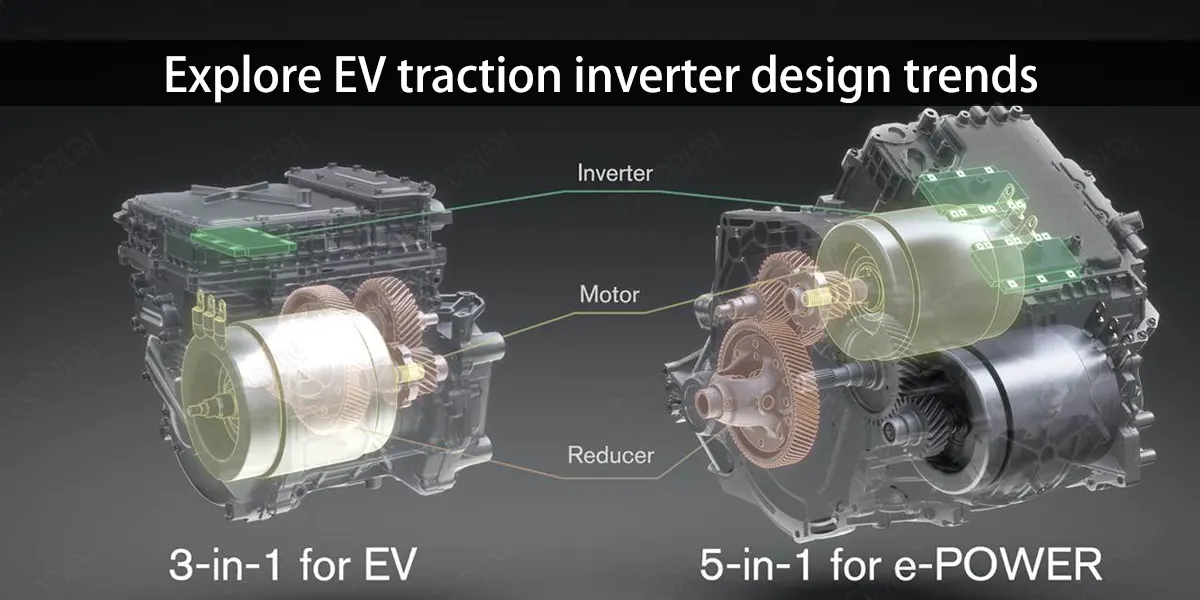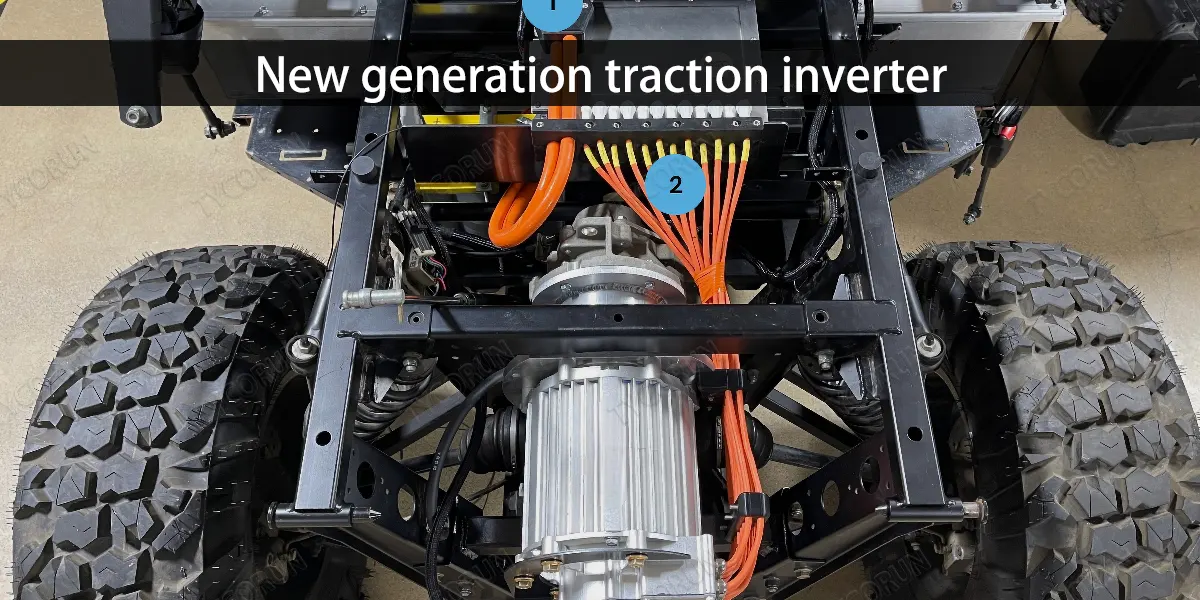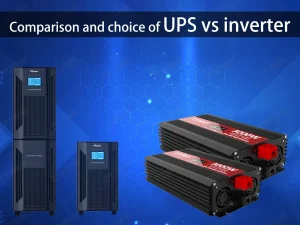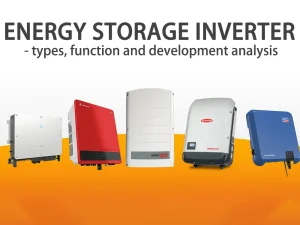Home » lithium ion battery knowledge » Traction inverter – what is it?
Traction inverter - what is it?

What is a traction inverter?
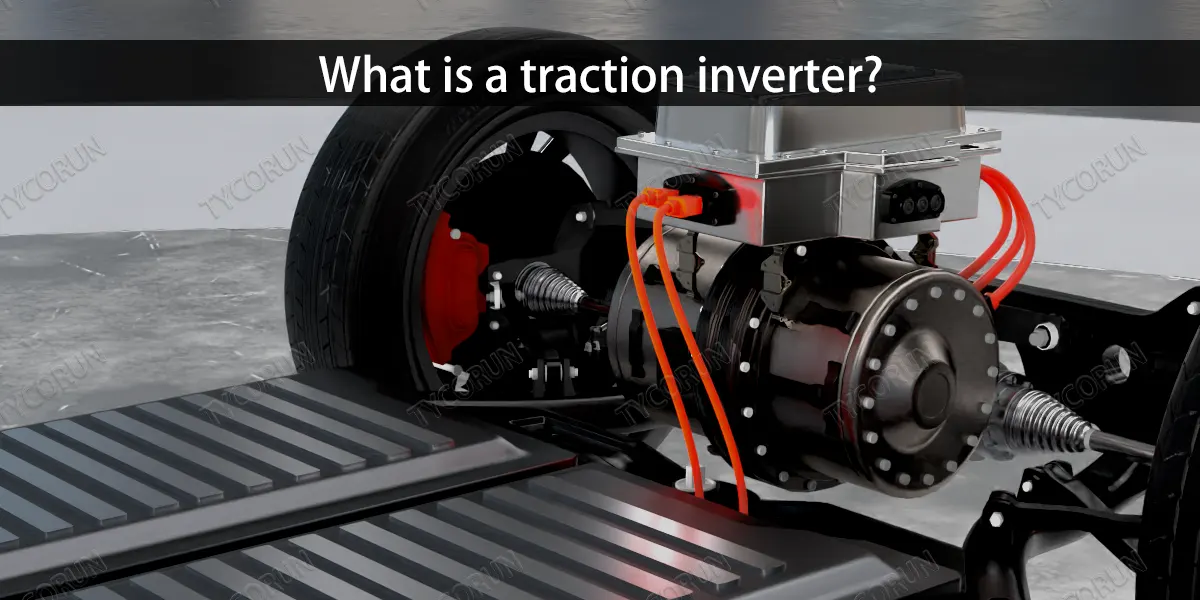
Important chips or modules for traction inverter
Some of the most important chips or modules of a traction inverter: microcontroller (MCU), isolated gate driver, and isolated bias supply.
Real-time control MCU
Reducing the size and weight of electric vehicle traction inverter can increase driving range and reduce costs, which requires continuous innovation of MCUs. One way to reduce size and weight is to spin the motor at higher speeds (>20 kRPM). Doing so requires optimizing the control loop for low latency, from the analog-to-digital converter (ADC) readout to field-oriented control ( FOC) calculation, and pulse width modulation (PWM) technology.
Gate Driver
As traction inverter power levels approach 500 kW, improving efficiency (reducing energy losses throughout the drive cycle) is a major consideration in gate driver design. Other design requirements include power density, weight, height, functional safety and cost.
To improve efficiency, silicon carbide (SiC) field-effect transistors (FETs) are widely used in the industry. At the same time, switch-powered isolated gate drivers are becoming more sophisticated and now include isolated ADC sensing, multiple overcurrent protection modes, bias supply monitoring, gate monitoring, programmable safe states, built-in self-test, and more. A new feature is “real time”, i.e. gate drive strength as a function of time.
Bias power supply
Electric vehicles require traction inverters for efficient power conversion to achieve longer battery runtime with each complete discharge cycle. The isolated gate driver bias supply achieves high efficiency by minimizing the conducted power losses of the SiC power module.
Setting the gate voltage to the maximum allowed level reduces drain-to-source on-resistance (RDS(on)) while ensuring reliability. When the current in the traction inverter approaches and exceeds 400 A, it is important to reduce R DS(on), as higher resistance will lead to excessive conducted power losses.
Explore EV traction inverter design trends
One of the very significant changes to drive higher performance in electric vehicles is the shift from insulated-gate bipolar transistors (IGBTs) to silicon carbide (SiC) technology for the high-voltage power switches used in traction inverters.
Because SiC is more efficient than IGBT and improves the utilization of stored energy in the battery pack, it is a natural upgrade. In addition, SiC is smaller and operates cooler than IGBTs, further reducing the weight of the drive system, shrinking the mechanical size and reducing energy waste.
But the move to SiC brings other new challenges. Compared to IGBTs, SiC is more susceptible to damage from short circuits, so electric vehicles require more suitable gate drive technology to match the migration to SiC.
New generation traction inverter
This new generation of traction inverters improves the efficiency and performance of electric vehicles by delivering:
- Supports high voltage 800V. Most electric vehicles today use 400V battery packs, but the industry is slowly moving toward 800V battery pack. An 800V motor can run at twice the speed per minute, but at the same time potentially carries a higher risk of energy loss and waste. TI’s high-performance Arm®-based microcontrollers (MCUs) and fast gate drivers are ready for the challenge, with fast current loop control that adjusts the motor’s switching algorithm every millionth of a second.
- Be safe on the road. Our proprietary isolation technology helps cars and their high-voltage batteries operate safely on the road. Additionally, our automotive microcontrollers and other components for traction inverters and motor control are functional safety compliant, helping system designers achieve functional safety levels up to ASIL-D.
- Improve reliability. Our products and system designs help extend the life of traction inverters and other critical EV components by enhancing capacitive isolation, fault detection and health monitoring, including thermal and voltage monitoring. These diagnostics and component checks provide early warning and action options for the system, helping automakers reduce the time-based failure rate of critical components.
A new generation of lightweight, ultra-high-rpm motors may grab most of the headlines when these features are fully realized, but EV drivers in the know will understand that it’s advances in traction inverter that will make most of the performance and reliability upgrades become possible.


